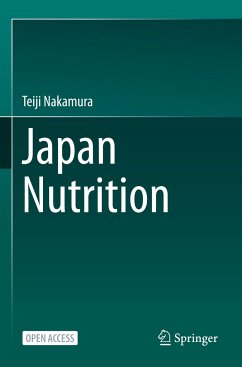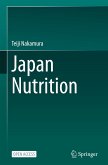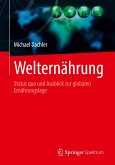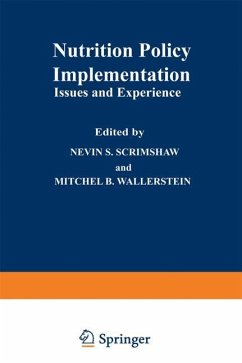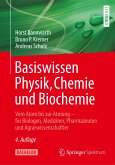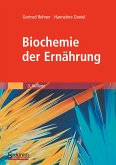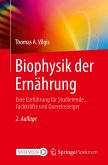This Open Access auto-translation book demonstrates a time series of nutrition improvement in Japan since the introduction of nutrition sciences to Japan about 150 years ago. The chapters present the historical event where nutritional deficiency due to food shortage was improved in almost a century, by the introduction of nutrition policy and practices such as the "Nutrition Improvement Law". The book contributed to the construction of a longevity nation by resolving the double burden of malnutrition, which is a mixture of undernutrition and overnutrition and creating a social environment in which sustainable healthy diets can be accessed.
This publication is designed mainly for nutrition specialists, nutritionists, nutrition administrators, medical doctors, pharmacists, nurses, physiotherapists, nutrition educators, cookers, nutrition volunteers, health and nutrition food developers, school lunch managers, and etc. Furthermore, students studying nutrition, teachers involved in the education and training of dietitians, and general consumers who are interested in nutrition, diets, and how to improve malnutrition, will find this book useful.
Through this book, dietitians, nutrition volunteers, and consumers engaged in nutrition improvement can understand the significance of nutrition improvement and know specific methods. Young nutritionists who will study and research nutrition can learn the importance of nutrition and take pride in nutrition research. The government official who implements nutrition policy can know the concrete method of nutrition policy.
Today, people around the world understand the importance of nutrition and are gaining international interest. However, malnutrition has not improved as much as expected. This book is an interesting way for everyone involved in nutrition to learn how to eradicate malnutrition from the world.
The translation was done with the help of artificial intelligence (machinetranslation by the service DeepL.com). The present version has been revised technically and linguistically by the author in collaboration with Professor Emeritus Dr. Andrew R. Durkin of Indiana University.
This publication is designed mainly for nutrition specialists, nutritionists, nutrition administrators, medical doctors, pharmacists, nurses, physiotherapists, nutrition educators, cookers, nutrition volunteers, health and nutrition food developers, school lunch managers, and etc. Furthermore, students studying nutrition, teachers involved in the education and training of dietitians, and general consumers who are interested in nutrition, diets, and how to improve malnutrition, will find this book useful.
Through this book, dietitians, nutrition volunteers, and consumers engaged in nutrition improvement can understand the significance of nutrition improvement and know specific methods. Young nutritionists who will study and research nutrition can learn the importance of nutrition and take pride in nutrition research. The government official who implements nutrition policy can know the concrete method of nutrition policy.
Today, people around the world understand the importance of nutrition and are gaining international interest. However, malnutrition has not improved as much as expected. This book is an interesting way for everyone involved in nutrition to learn how to eradicate malnutrition from the world.
The translation was done with the help of artificial intelligence (machinetranslation by the service DeepL.com). The present version has been revised technically and linguistically by the author in collaboration with Professor Emeritus Dr. Andrew R. Durkin of Indiana University.

